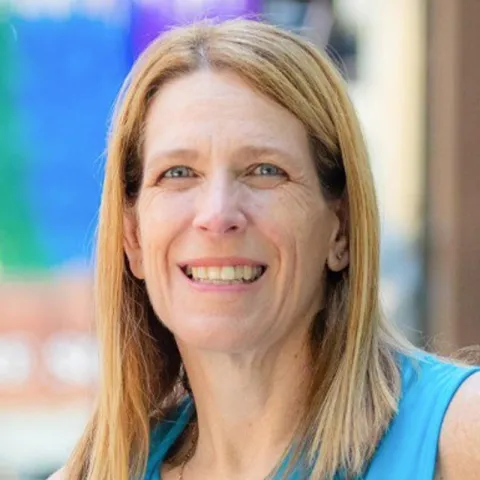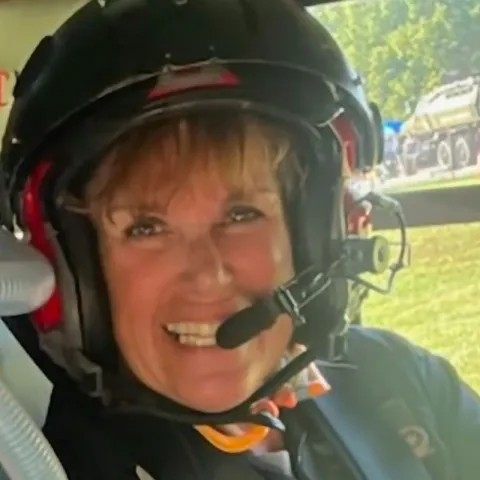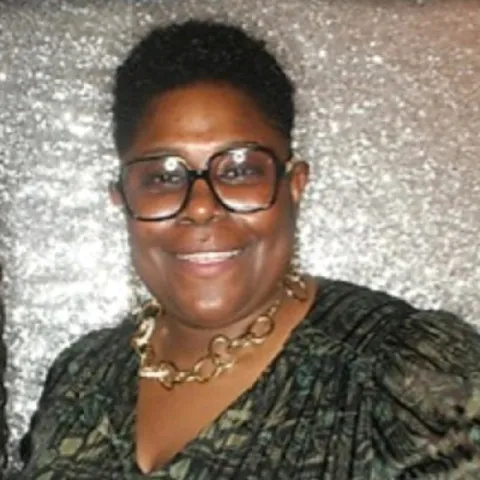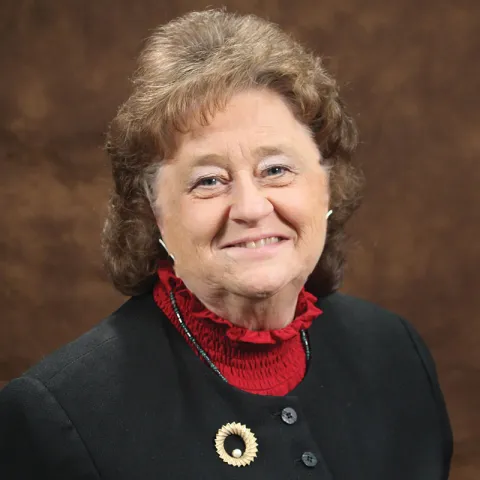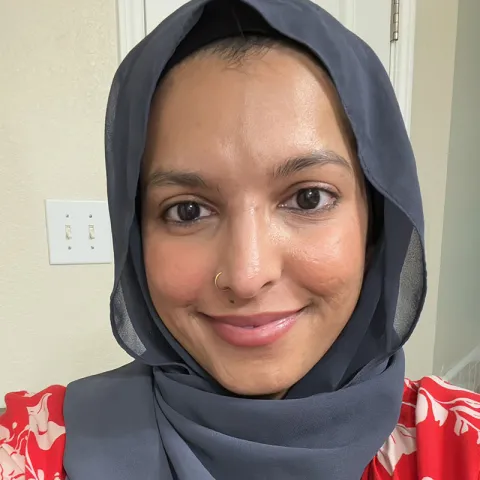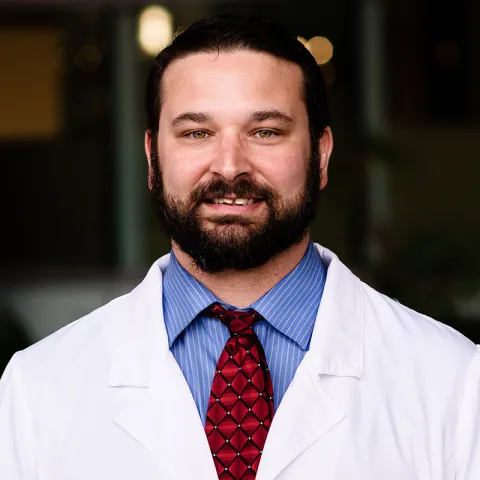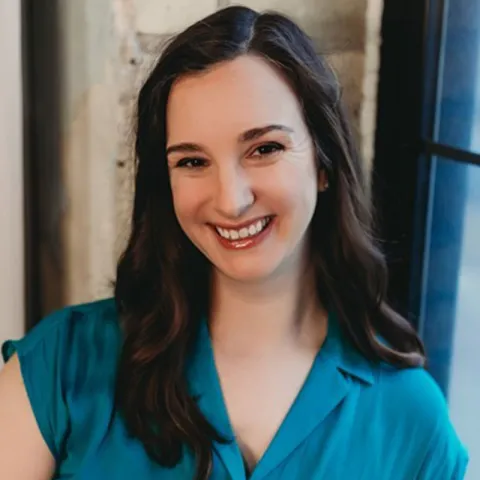Kimberly Austin, MSN, RN, CPEN, SANE-P, TCRN, has built a nursing career and a record of community involvement defined by identifying a need and then diving in to ensure that it’s met.
Austin is the founder of AOK Training Center for online and in-person education in Fuquay-Varina, North Carolina, which provides a range of training for nurses, EMS, hospitals, schools, businesses and the general public. Her courses vary from Stop the Bleed and a safety program for tweens to prehospital life support and managing aggressive behavior. A former travel nurse, she particularly likes teaching other travel nurses who need the courses to earn their ENPC and TNCC verifications.
She founded AOK Training – named for her Instagram handle, Adventures of Kimmee – in 2021 after 19 years as a travel nurse.
“It was COVID. I was really burned out,” Austin said of her decision to leave the stretcherside, adding she took her final assignment in New Mexico, working for the Indian Health Service as an emergency nurse educator for the first time.
“I fell in love with it,” Austin said, but the pay cut that came with the position was harder to embrace. She connected with Shawntay Harris, now an ENA board member, who became a trusted mentor and guided Austin until she was ready to launch her own business.
Austin is active in several community groups, serves on the North Carolina Emergency Management Association’s training committee and is a member of the ENA Position Statement Committee.
In 2024, Austin was part of a small team that established the Fuquay-Varina Community Emergency Response Team, just a few months before Hurricane Helene caused disastrous flooding through towns west of her. The new CERT graduated its first class of trained volunteers in January 2025.
When Helene hit, Austin was recovering from an illness and couldn’t volunteer for direct recovery efforts. Instead, she dove into the logistics with the North Carolina State Emergency Response Team. She had already trained and volunteered with the SERT, so she was familiar with its protocols. From water to social services to diapers, she worked through the state’s Business Emergency Operations Center to connect the dots between what was needed, where it was needed, and who would provide it.
Meanwhile, Austin had to contend with her own home, which was damaged by three feet of floodwater. She lives outside the declared disaster area, so no FEMA funds were available to her, and her insurance claim was denied. She did, however, receive an ENA Foundation Emergency Relief Grant, for which she was very grateful.
Austin’s path toward nursing started when she was working in clerical jobs for a temp agency. She had an assignment as an emergency department unit secretary, which inspired her to work with patients. She first trained to be a phlebotomist and then dove into emergency services through an EMT-to-RN program.
“When I got on the truck for my first call, I thought, ‘Oh, this is what I was called for,’” Austin said.
When she was sidelined by a work injury, she studied for the boards while recuperating. Early in her career, Austin combined her love of travel and her love of emergency nursing, particularly pediatrics.
Through work, vacations and volunteering, Austin has been to all 50 states and beyond. She joined the 2023 ENA Global Exchange trip to Argentina and disseminated ENPC in the United Arab Emirates in 2024. From that temporary unit secretary job more than two decades ago to her current role as business owner and active community member, travel nursing came at the right time and in the right places.
“I started traveling everywhere I could. I wanted to see all the hospitals. I wanted to know about the culture,” she said, and really understand the communities she was serving. “Something always seemed to lead me to each place.”
